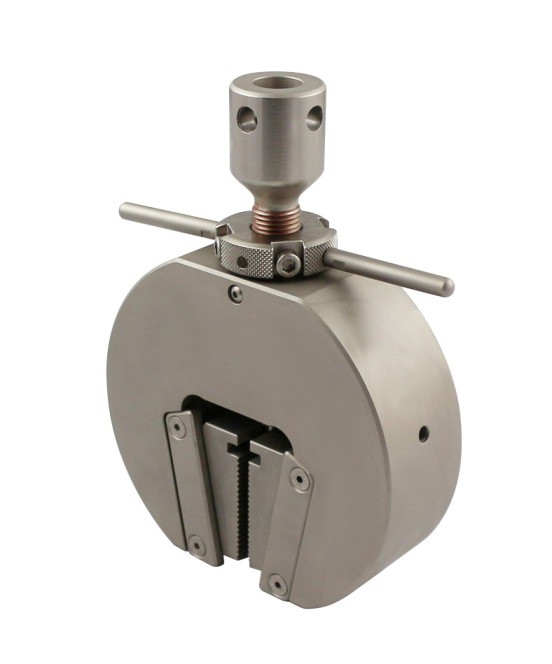Tensile Testing and Bend Testing Steel Reinforcing Bar to ASTM A370 or ISO 15630-1
There are several global standards that specify the mechanical properties and/or testing requirements for rebar. The most common include ASTM A370, ISO 15630-1, BS 4449, AS/NZS 4671,
JIS G 3112, GB 1499, and ACI 318. These standards include test requirements specifically for determining the tensile and flexural properties of rebar.
Many rebar standards also reference widely recognized metal tensile testing standards such as ASTM E8, ISO 6892-1, EN 10002-1, AS 1391, JIS Z 2241, GB/T 228.1 for general tensile testing guidance.
Typical results include yield point (ReH, beam drop, zero slope), yield strength or offset yield strength (Rp0.2, 0.2% offset yield), tensile strength (Rm), elongation at maximum force (Ag, Agt), and elongation after rupture (A).
Regardless of the specific standard followed, the basic tests and challenges are similar.
Note that ASTM A370-16 no longer includes rebar testing details in Annex A9. These requirements have been moved to the relevant product standards: A615/A615M, A706/A706M, A996/A996M, and A1035/A1035M.
Challenges in testing rebar to these standards include:
Gripping
Strain and elongation measurements
Violent specimen breaks
Falling scales and fragments
Automatic calculation of compliance results
Wide range of specimen sizes and load capacities
Bend testing
Lixian’s solutions:
Gripping - High capacity hydraulic wedge grips or side-acting grips with a coarse tooth pattern provide the proper clamping force to prevent slippage while also reducing the likelihood of failure due to clamping.
Strain measurement - A rugged manual clamp or automatic extensometer attaches to uneven surfaces with enough force to prevent slippage when scales may fall from the specimen surface during testing.
Offering adjustable gauge lengths and automatic clamp removal capabilities makes them suitable for a wide range of diameters and gauge lengths while improving operator safety.
Violent Specimen Destruction - High-capacity static hydraulic load frame models offer a design that can withstand intense specimen recoil while still providing precise test control.
The hydraulic actuators and grips act as natural shock absorbers during specimen destruction, while other critical system components incorporate isolation brackets to resist shock loads.
Scaling - Specimen scale generated during testing can be deposited throughout the testing system.
Since all frame models use strain gauge load cells to measure forces directly, the machine hydraulic system can be sealed to prevent intrusive debris.
Grip covers provide additional shielding for mechanical grip components.
Automated Results - Instron Bluehill® Testing Software provides pre-built test methods and necessary calculations to ensure compliance with standards and obtain repeatable test results.
It also allows for automatic reporting of total elongation when an extensometer is used.
Load Capacity - Static hydraulic systems are available with a wide range of standard load capacities from 300 kN to 3500 kN. The load cells and lixian advanced control electronics provide +/- 0.5% force accuracy,
ranging from 0.2% to 100% of system capacity. This enables large test systems to test a wide range of rebar sample sizes.



